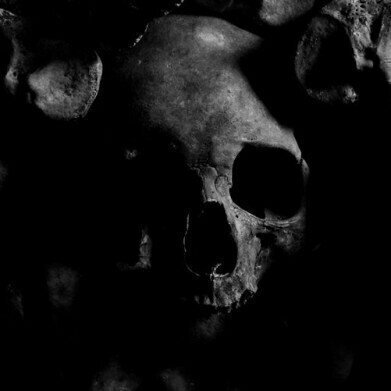GC-MS
Chromatography Reveals Strange Public Displays from the Iron Age
Feb 12 2019
Classical texts from Ancient Greece describe how Celts would cut off the heads of enemies after battle and take them back to their settlements hanging from their horse’s necks. Historians like Strabo and Diodorus of Sicily wrote in 1st century BC about the practice after stories from a traveller named Poseidonios who travelled in 100BC around Gaul - what is essentially France.
A recent paper published in the Journal of Archaeological Science - Embalmed heads of the Celtic Iron Age in the south of France - has carried out analysis that shows just what might have happened to the severed heads. Using chemical analysis, the team from France examined some of the residues from the skulls with the hope of showing that they were embalmed and displayed inside the town walls.
Heads of the enemies
The researchers examined bone fragments from skulls found inside the walls of a walled settlement in southern France. There were at least a hundred skulls buried inside the walls of Le Cailar, a settlement near the Rhone River. They were found with weapons, coins and pottery that allowed the deposits to be dated from 300 to 200 BCE. At that stage, the settlement was thought to be an Iron Age Celtic community.
The researchers report that many of the skulls bore the marks of decapitation and other work before they were displayed. Some skulls had been cut or chipped to widen the foramen magnum - a hole at the back of the skull that allows the spinal cord to pass through and enter the brain. The researchers report that the gap was widened to allow the brain to be removed. Other marks suggest that the embalmers removed the tongues before display.
The Greek texts report how the Celts claimed the heads of the bravest warriors, then carried them home and embalmed them. They say that the Celts would not even swap the heads for an equal weight of gold. Several sites have been found where heads might have been displayed. But so far, no evidence of embalming has been found.
Embalming the heads
The researchers used samples from eleven skull fragments found at the site at Le Cailar. After sample preparation, they analysed the samples using gas chromatography and mass spectrometry to see if embalming remains could be found. Chromatography is a technique that can be used to analyse ancient or modern samples - the future of one aspect of chromatography is discussed in the article, The Past, Present, and Future (?) of Analytical Supercritical Fluid Chromatography – a 2018 Perspective.
In their paper, the authors state:
Thanks to this study, we demonstrated that some of the severed heads displaying in this Iron Age fortified settlement were embalmed. This corroborated with the documentation by both literary sources and archaeology that the Celtic people removed the heads of their enemies slain on the battlefield and that they exhibited them in public spaces.
Digital Edition
Chromatography Today - Buyers' Guide 2022
October 2023
In This Edition Modern & Practical Applications - Accelerating ADC Development with Mass Spectrometry - Implementing High-Resolution Ion Mobility into Peptide Mapping Workflows Chromatogr...
View all digital editions
Events
ACS National Meeting - Fall 2024
Aug 18 2024 Denver, CO, USA
Sep 04 2024 Chiba, Tokyo, Japan
Sep 04 2024 University of Warwick, Coventry, UK
Sep 10 2024 Rockville, MD, USA
Plastics Recycling World Expo Europe
Sep 11 2024 Brussels, Belgium














